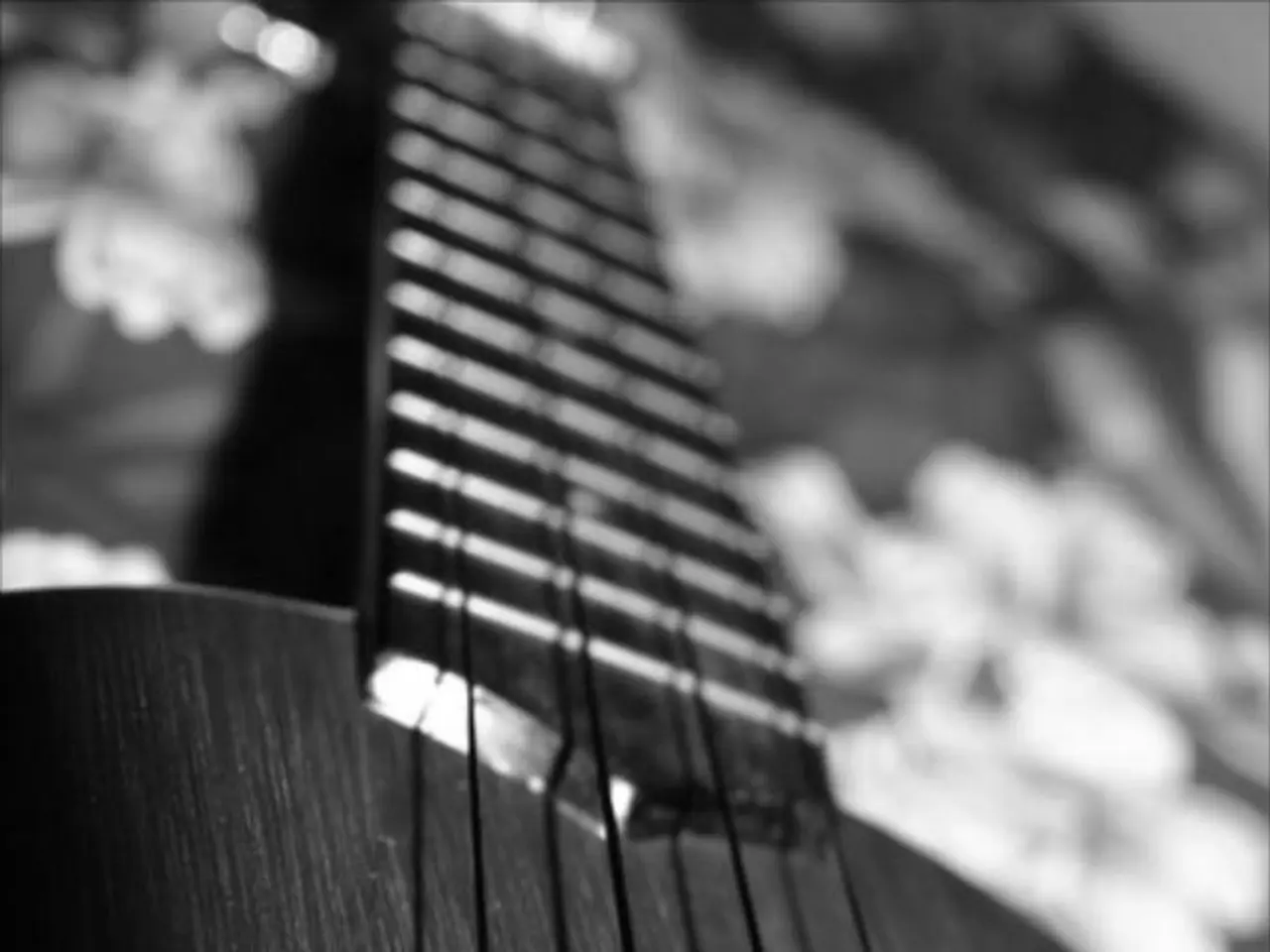Exploring the Unique Acoustic Characteristics of Plate Reverb
In the world of music production, plate reverb stands as a timeless favorite, offering a unique and versatile sound that has graced countless hits. With its smooth, rich tone, plate reverb provides a spaciousness that is at your fingertips, making it a go-to choice for professionals and enthusiasts alike.
One such plugin that embodies the essence of plate reverb is the Soundtoys Little Plate. This tool offers unique harmonic distortion controls, adding a vintage vibe to your mix while maintaining clarity and balance. Music producers often share insights on using plate reverb to create a sense of natural ambiance without overwhelming the mix.
In professional studios, integrating plate reverb with different acoustic treatment techniques can mimic the resonance of classic reverb chambers. Acoustic adjustments ensure that reverb doesn't interfere with other audio elements, maintaining clarity and balance. The combination of physical and digital methods in managing reverb brings versatility to different types of music production.
Digital reverb plugins such as VSTs offer a myriad of adjustable parameters to tailor the sound to your liking. When choosing a reverb plugin, consider your project's specific needs. For instance, the UAD EMT 140 plugin replicates the classic warmth of hardware units, presenting authentic vintage characteristics.
Plate reverb is particularly effective when you want vocals to stand out without overwhelming other instruments. It's a favorite for pop vocals due to its smooth, rich sound. In fact, plate reverb plays a fundamental role in professional studios, where controlling adjustable decay time is crucial to align reverb effects with the track's tempo.
For lush, expansive soundscapes, the Waves Abbey Road Plates can be a fantastic choice. Its long sustain and smooth decay are perfect for adding depth and space, making it particularly suitable for ballads and ambient pieces. Modern options like the Valhalla Plate offer new modulation capabilities, providing rich reverb tails and flexibility.
While vintage plate reverbs offer a unique analog sound with physical resonance and character, modern digital plugins replicate that sound flexibly, affordably, and conveniently with very close but sometimes subtly different sonic results. The key differences between these two lie in their physical nature, sound characteristics, flexibility, cost, and convenience.
Vintage plates have a unique, natural shimmer and complex overtones due to physical resonance of metal plates, often described as smooth and flattering without the “boingy” artifacts typical of spring reverbs. Digital plugins strive to emulate these nuances but may lack some of the organic randomness and harmonic complexity inherent to the physical plates, although high-quality plugins come very close.
Digital plugins provide greater control, recall, and flexibility—enabling users to adjust parameters instantly and save presets. Vintage plates have fixed physical properties that limit tweaking and require space and maintenance, making them less practical for many users.
Plugins are affordable, accessible, CPU-efficient, and integrate seamlessly into modern DAWs for instant use. Vintage plate units are expensive, bulky, fragile, and require maintenance. Despite this, some purists often prefer the vintage hardware’s subtle complexity.
In summary, vintage plate reverbs offer a unique analog sound with physical resonance and character, while modern digital plugins replicate that sound flexibly, affordably, and conveniently with very close but sometimes subtly different sonic results. Whether you opt for the vintage charm or the modern convenience, plate reverb continues to be an invaluable tool in the music producer's arsenal.
In the world of music production, guitar, audio, and piano sounds can be enhanced with plate reverb, a tool favored for its unique and versatile sound. The Soundtoys Little Plate plugin, with its unique harmonic distortion controls, can be used to add a vintage vibe to guitar mixes while maintaining clarity. In a music production studio, mixing vocals with plate reverb can help them stand out without overwhelming other instruments, and modern gadgets like the Waves Abbey Road Plates offer lush, expansive soundscapes with long sustain and smooth decay.
Despite their differences, both vintage plate reverbs and modern digital plugins are invaluable tools in music production, each offering unique sonic characteristics and advantages. Vintage plates have a unique, natural shimmer and complex overtones due to physical resonance, while digital plugins strive to emulate these nuances but may lack some organic randomness and harmonic complexity.
Plugins are affordable, accessible, CPU-efficient, and integrate seamlessly into modern DAWs, making them a convenient option. Vintage plate units are expensive, bulky, fragile, and require maintenance, but some purists prefer their subtle complexity. Whether opting for the vintage charm or the modern convenience, technology continues to evolve, offering new modulation capabilities in plugins like the Valhalla Plate.




